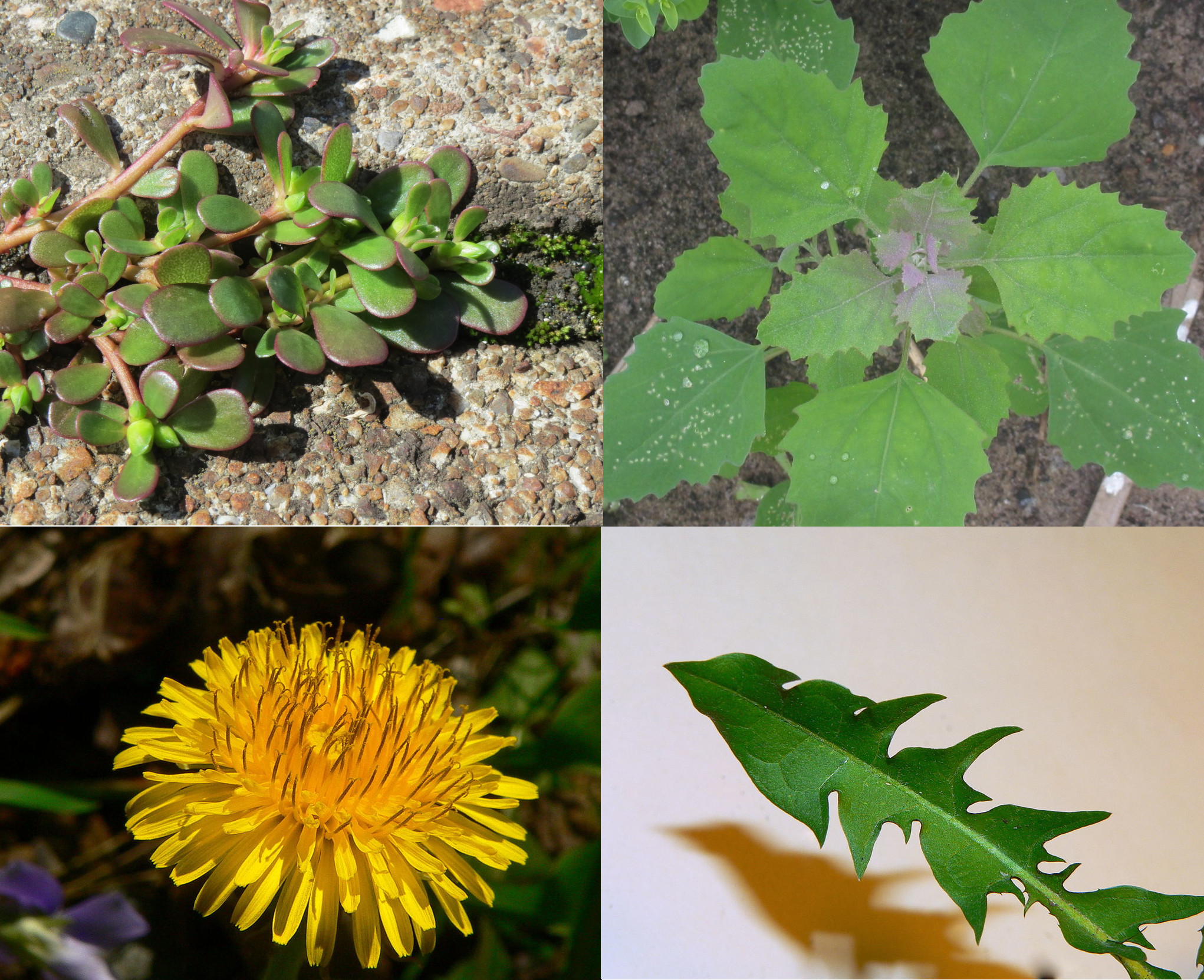We all know green vegetables are beneficial for our optimal health. Do you know the green weeds growing in the backyard that are edible are highly nutritious and may boost fertility? Although the edible weeds that can be found in one’s backyard might be different, due to weather, soil conditions, and geography, following are some of the most common garden weeds that can be added to dishes and might boost fertility:
- Dandelion
Dandelion is a significant source of vitamin A, vitamin C, potassium, calcium, iron and other essential minerals. A cup of dandelion provides more than 100% USDA recommended daily value of vitamin A and potassium.
Every part of the dandelion is tasty both raw and cooked, from the roots to the blossoms. Leaves can be harvested at any point in the growing season. Smaller leaves taste less bitter. The flowers are sweet and crunchy. The root of the dandelion can be dried and roasted and used as a coffee substitute.
Researchers found dandelion extracts contains lipotropic substances, which may improve the functionality of hepatocytes. One 2010 study showed that dandelion green extract prevented oxidative damage and reduced both inflammation and damage to the liver in Sprague-Dawley rats. Consuming dandelion during pregnancy may help prevent the common liver diseases the only happens in pregnancy.
Similar to other green vegetables, both male and female reproductive health may benefit from the antioxidants and the other essential nutrients found in dandelion, as discussed in our previous post.


- Purslane
Purslane is packed with essential nutrients. It contains more omega-3 fatty acids than any other leafy vegetable as well as significant amounts of fiber, vitamin A, vitamin C, B-family vitamins, iron, magnesium, manganese, potassium, calcium, and copper.

Purslane is succulent with a peppery flavor, which can be added to a salad as raw, cooked in a stir-fry or used to thicken soups or stews.
Its high nutritive and antioxidant properties may promote human optimal health including reproductive health.
It is reported that purslane is used as herbal medicine to treat burns, headache, and diseases related to the intestine, liver, stomach, cough, shortness of breath, and arthritis. Its use as a purgative, cardiac tonic, emollient, muscle relaxant, and anti-inflammatory and diuretic treatment makes it important in herbal medicine.
- Chenopodium album
Chenopodium album is also called pigweed. Similar to above 2 super green weeds, it is a nutritional powerhouse, rich in source of vitamin A, vitamin C, vitamin B-6, potassium, calcium, iron and other essential minerals. A cup of Chenopodium album provides more than 100% USDA recommended daily value of vitamin A, and vitamin C, calcium.

Chenopodium album can be eaten raw in any vegetable dish or sautéed or steamed, with the flavor and texture similar to spinach. It is recommended to discard stem as fresh stem contains about 0.9%-3.9% nitrate by weight. Nitrate itself is non-toxic, but its metabolites and reaction products e.g. nitrite, nitric oxide, may cause adverse health effects.
Scientific studies have verified numerical medical effects and health benefits of this super weed, such as antiviral, antifungal, anti-inflammatory, antiallergic, antiseptic, antipruritic, antinociception.
An animal study found chenopodium album boost the sexual activity of normal male mice, without any conspicuous gastric ulceration and adverse effects.
